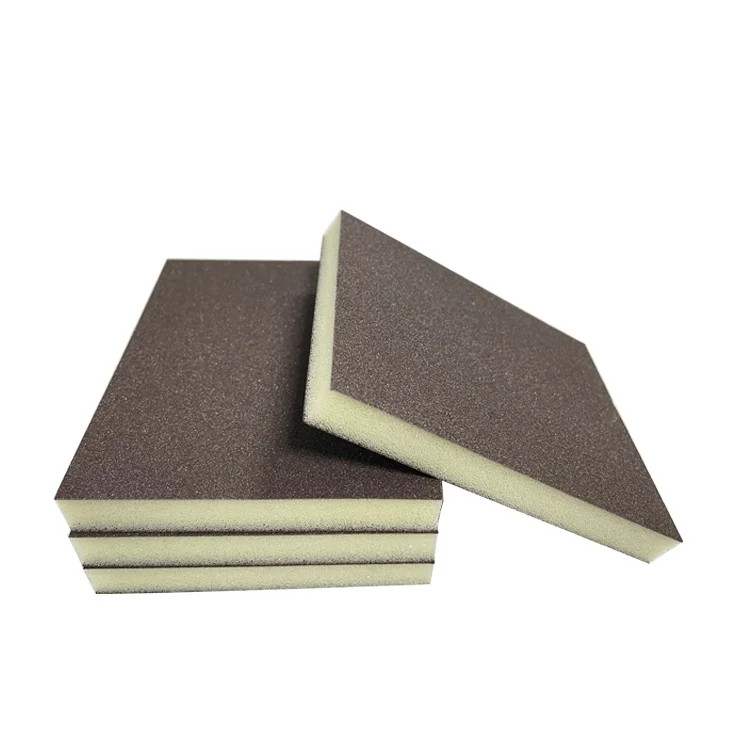In the realm of modern printing technology, laser printers have carved out a significant niche due to their efficiency, speed, and high-quality output. However, one common question that arises among users is: Do laser printers need to be refilled? This inquiry delves deeper than a simple yes or no; it encompasses various aspects of printer maintenance, cost-effectiveness, and environmental considerations. In this article, we will explore the intricacies of laser printer operation, the necessity of refilling, and the implications of toner management.
The Mechanics of Laser Printing
To understand whether laser printers need to be refilled, it is essential to grasp how they operate. Unlike inkjet printers that use liquid ink, laser printers utilize a dry powder known as toner. The printing process involves several steps:
- Charging: A laser beam creates a static electric charge on a rotating drum.
- Exposing: The laser selectively discharges areas of the drum, forming an image.
- Developing: Toner particles are attracted to the charged areas of the drum.
- Transferring: The toner is transferred onto paper.
- Fusing: Heat and pressure fuse the toner to the paper, creating a permanent image.
Given this process, the question of refilling arises primarily concerning the toner cartridge.
Toner Cartridges: The Heart of Laser Printers
Toner cartridges are the consumable components in laser printers that require periodic replacement or refilling. Unlike ink cartridges in inkjet printers, toner cartridges can often yield a significantly higher number of pages before needing replacement. However, they do not last indefinitely.
Do Laser Printers Need to Be Refilled?
The straightforward answer is yes, but with nuances. Laser printers do not refill in the traditional sense of adding liquid ink. Instead, users must replace or refill the toner cartridges when they run low or empty. Here are the primary considerations regarding toner management:
- Replacement vs. Refilling: Users can either purchase new toner cartridges or opt for refilling existing ones. While refilling can be cost-effective, it may not always guarantee the same quality and reliability as new cartridges. Additionally, some manufacturers void warranties if non-original cartridges are used.
- Monitoring Toner Levels: Most modern laser printers come equipped with software that monitors toner levels. Users should regularly check these levels to avoid unexpected interruptions in printing.
- Environmental Impact: The disposal of empty toner cartridges poses environmental challenges. Many manufacturers offer recycling programs, encouraging users to return used cartridges rather than discarding them.
Cost Considerations
When evaluating whether to refill or replace toner cartridges, cost is a significant factor. While refilling can save money, it is essential to consider the following:
- Initial Cost: New toner cartridges often come with a higher upfront cost compared to refilling.
- Yield: New cartridges typically provide a higher page yield, which can offset the initial investment over time.
- Quality: The quality of prints may vary between refilled and new cartridges, impacting overall satisfaction and potentially leading to additional costs if print quality issues arise.
Best Practices for Toner Management
To optimize the performance and longevity of your laser printer, consider the following best practices:
- Regular Maintenance: Keep your printer clean and free of dust. Regularly check for firmware updates to ensure optimal performance.
- Use Quality Toner: Whether refilling or replacing, choose high-quality toner that is compatible with your printer model.
- Store Properly: Store toner cartridges in a cool, dry place to prevent degradation.
- Recycle: Participate in recycling programs for used toner cartridges to minimize environmental impact.
Conclusion
In conclusion, laser printers do require toner management, which can involve refilling or replacing cartridges. Understanding the mechanics of laser printing, the implications of toner usage, and the associated costs can help users make informed decisions. By adopting best practices for toner management, users can ensure their laser printers operate efficiently while also being mindful of environmental considerations. Ultimately, whether to refill or replace toner cartridges will depend on individual needs, budget, and the specific requirements of the printing tasks at hand.



